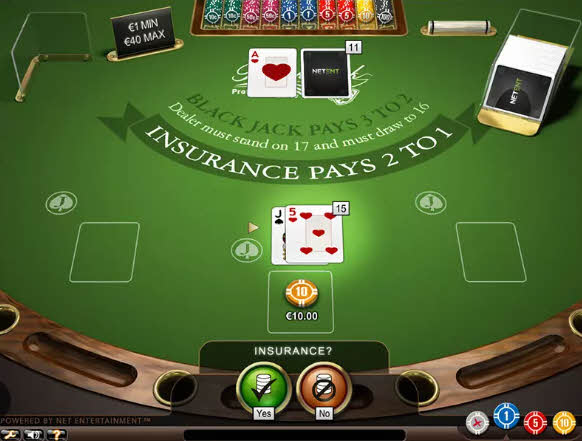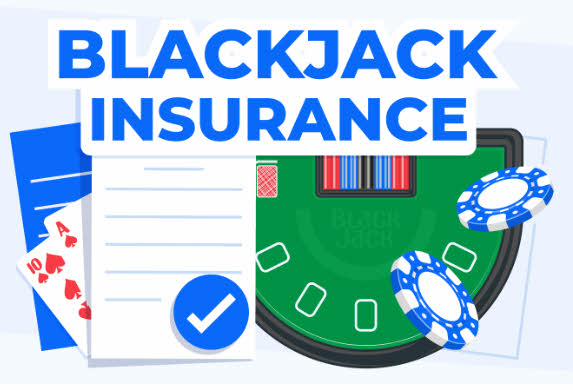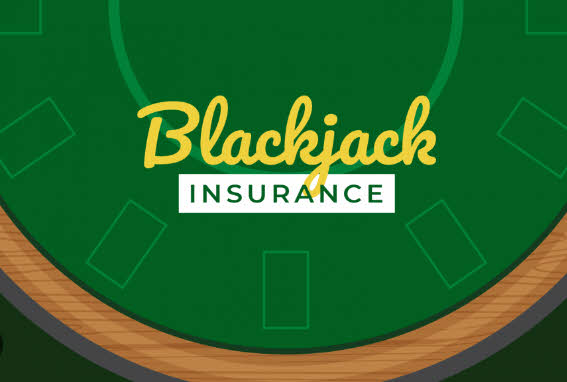Blackjack, known for its straightforward rules, offers a seemingly simple challenge: compete against the dealer while striving to reach but not exceed a total of 21. This simplicity, however, took a turn when casinos introduced side bets, adding an extra layer of complexity to the game. One such element is blackjack insurance, which poses a tricky decision for players.
While this option may appear to offer some security, it’s often more of a pitfall than a safeguard. If you’re curious about the intricacies of blackjack insurance, its implications, and why it’s typically wise to steer clear of it, this exploration will provide clarity. Understanding the odds and the impact of taking insurance in blackjack can significantly influence your approach to the game. 1xbet Canada will help you win when playing Baccarat.
Understanding Blackjack Insurance
Let’s address the fundamental question: What exactly is insurance in blackjack?
In the realm of blackjack, insurance is a widely recognized optional side bet designed to protect players against the possibility of the dealer achieving a blackjack when their upcard is an ace.
By opting for the insurance bet, you are essentially wagering that the dealer’s second card will be a ten or a face card, resulting in a total of 21. Should the dealer indeed have a blackjack, you win the insurance bet and receive a payout at 2:1 odds.
However, if the dealer’s second card does not hold a value of ten, your insurance bet is forfeited.

The Mathematics of Blackjack Insurance: Understanding the Odds
To make an informed decision about blackjack insurance, it’s crucial to grasp the underlying mathematics.
Consider a scenario where you’re playing online blackjack with a single deck and have placed a $2 insurance bet. In this setup, the deck contains 16 ten-value cards (four tens, four jacks, four queens, and four kings) and 36 non-ten-value cards.
Now, if the dealer’s upcard is an ace and they offer you the option to take insurance, the odds shift. Excluding your hand, the ratio of non-ten-value cards to ten-value cards becomes 35 to 16. This can be broken down as follows:
- In 35 instances, placing the $2 insurance bet would result in a $70 loss because the dealer does not have a ten-value card.
- In 16 instances, where the dealer has a ten in the hole, you would win $64, given the 2:1 payout.
If you consistently choose to take insurance, your overall outcome would be a net loss of $6, having lost $70 against $64 in winnings. This translates to a house edge of approximately 5.9%, calculated by dividing the $6 loss by the $102 total wagered.
Should You Opt for Insurance in Blackjack?
While blackjack rules don’t explicitly advise against taking the insurance bet, careful consideration is necessary depending on the situation at hand. Let’s break down a few scenarios where this decision might come into play.

When Holding a Low Hand
If your hand totals 16 or below, taking insurance might seem like a sensible choice. Drawing another card could easily result in a bust, so an insurance wager could potentially offset some of the losses in the event the dealer has a blackjack.
When You Have a Strong Hand
Imagine you’re holding a strong hand, like a total of 20, and the dealer is showing an ace. Some players might suggest insuring the bet to protect against the dealer hitting blackjack, reasoning that even if the dealer doesn’t, the chances of them beating your 20 are slim. However, this strategy overlooks the odds—two of the eight ten-value cards are already out of play, reducing the likelihood of the dealer having a ten in the hole. In such a case, the house edge can skyrocket to around 14.5%, making insurance a less-than-ideal choice.
When You Hold a Blackjack – The “Even Money” Scenario
If you find yourself with a blackjack and the dealer has an ace, you’re faced with an “even money” situation, which effectively mirrors the insurance bet. For example, if you’ve placed a $10 bet and decide to take $5 insurance, should the dealer reveal a blackjack, you’ll win $10 on the 2:1 payoff. If the dealer doesn’t, you win $15 on the 3:2 payoff but lose the $5 insurance, resulting in a net gain of $10.
However, for this to be profitable, the dealer must fail to draw a ten-value card, which happens less than 31% of the time. The odds are clearly not in your favor, suggesting that the $5 insurance bet might not be the wisest investment.
Additional Blackjack Side Bets
In addition to the primary objective of outplaying the dealer, blackjack offers a variety of side bets that can add an extra layer of excitement to the game. These side wagers often come with the allure of higher payouts compared to the standard game, but they also carry a greater house edge, making them riskier endeavors.

Here are some of the most popular side bets in blackjack:
Perfect Pairs
This bet revolves around whether the player’s initial two cards will form a pair, with several types of pairs offering different payouts. A Perfect Pair occurs when the two cards are identical in both rank and suit. A Coloured Pair is when the cards match in rank and color but differ in suit. Lastly, a Mixed Pair is simply two cards of the same rank but different suits. The potential payouts for this bet can range significantly, typically from 6:1 to 30:1, depending on the type of pair.
21+3
The 21+3 side bet combines the player’s first two cards with the dealer’s upcard to form a three-card poker hand. Payouts are based on the strength of the hand, with combinations like a flush, straight, or three of a kind yielding different rewards. The payout structure for 21+3 can vary between casinos, adding an element of unpredictability.
Bust It
This bet is focused on whether the dealer will bust, with varying payouts depending on how many cards it takes for the dealer to exceed 21. The more cards the dealer uses to bust, the higher the payout.
Lucky Ladies
The Lucky Ladies side bet centers on the player’s first two cards totaling 20. The higher the value of the total, the greater the payout, with the most substantial rewards typically given for two Queen of Hearts that add up to 20.
Over/Under 13
In this bet, the player predicts whether the sum of their first two cards will be over or under 13. This wager usually offers even money payouts, making it a straightforward yet engaging option.
Each of these side bets introduces a different dynamic to blackjack, appealing to players looking for varied gameplay and the chance at higher rewards, though often at the expense of greater risk.
>> Want to learn more about Blackjack Insurance and how it can enhance your strategy? Check out 9SAPP for a detailed guide and tips on maximizing your blackjack gameplay!


